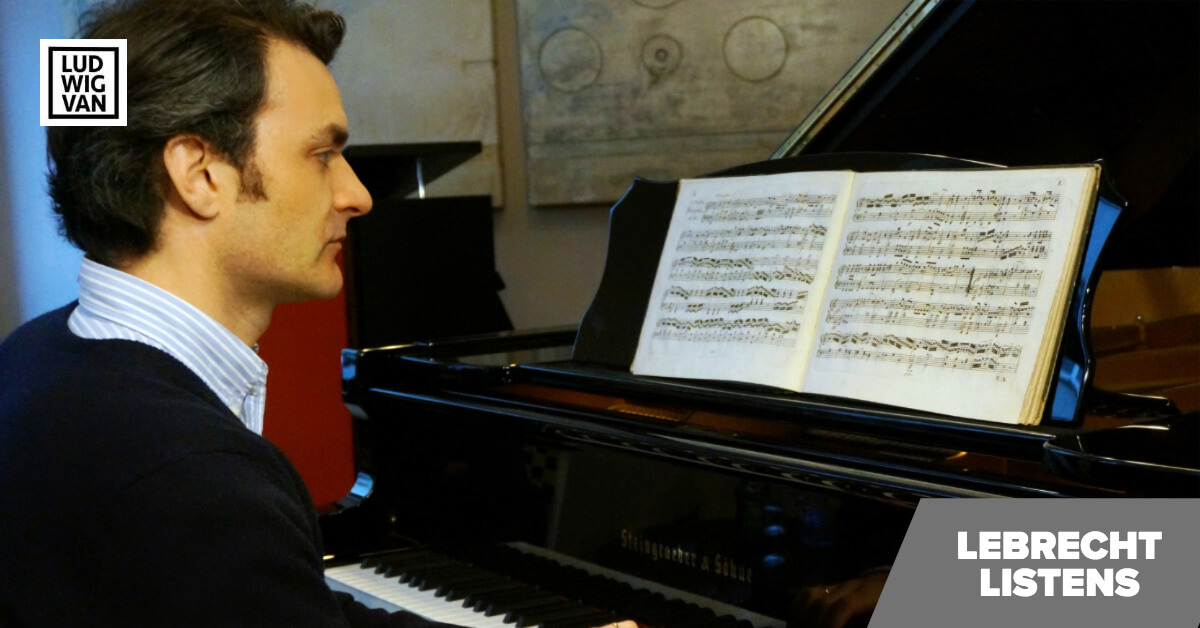
Joseph Haydn: 3 symphonies (Chandos)
★★★★☆
🎧 Apple Music | Amazon
The Department of It Never Rains But It Pours has delivered us a set of premiere recordings of three Haydn symphonies, reduced for piano solo. Last week, we reviewed Mozart, shrunk to four instruments. What’s next — Wagner on the mandolin?
There are two saving graces at play here. The transcription by Carl David Stegmann (1751-1826) is craftily inventive, leading the ear up paths never fully imagined by the original symphonist. And the interpretation by the Serbian-US pianist Ivan Ilic has a splash of fun — mischief, even — that tells us not to take classical music always at its own pretensions.
What’s the music like? If I had listened blindfold to the Oxford Symphony on solo piano, I would have guessed it to be an early Beethoven sonata, somewhere between opus 2 and 10. Classically correct, the music keeps testing the limits of the genre. Not in any radical way by means of key-change or naughty chord, but by the suggestion that there are more ways than one to resolve an opening statement (something Boris Johnson will have to learn very soon). A line that can sound workaday in Haydn’s orchestration acquires a small question-mark in Stegmann’s intriguing piano score.
It comes as no surprise to discover, from the release’s excellent notes, that Stegmann lived the last 15 years of his life in Bonn, Beethoven’s birthplace, working for the resident publisher Simrock, a fount of Beethoven scores. Stegmann made 25 Haydn transcriptions in all and Simrock sold them to consumers as being ‘easily playable.’ If the Oxford is my favourite of the three here on offer, there’s plenty more to tweak the mind in Nos 48 and 75. Haydn invented the classical sonata and the four-movement symphony. Without him, Mozart and Beethoven would have struggled for expression.
To read more from Norman Lebrecht, follow him on Slippedisc.com.
LUDWIG VAN TORONTO
Want more updates on classical music and opera news and reviews? Follow us on Facebook, Instagram or Twitter for all the latest.
- LEBRECHT LISTENS | Jordan Bak’s Cantabile For Viola Reveals The Neglected Instrument’s Beauty - April 12, 2024
- LEBRECHT LISTENS |David Robert Coleman & The Berlin Radio Symphony Orchestra Reveal The Charms Of Walter Kaufmann - April 5, 2024
- LEBRECHT LISTENS | Recordings Of Ysaÿe, Brahms & Busoni Show Not All Violin Concertos Were Created Equal - March 28, 2024



